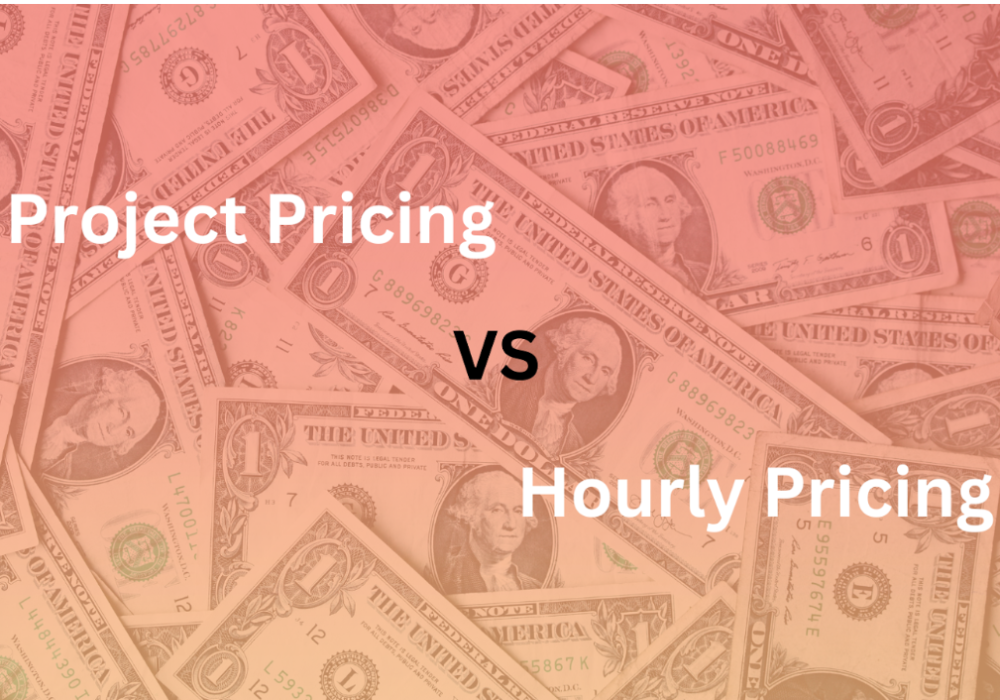I am writing this article from one of the East African countries, Uganda where our headquarters are currently stationed. Having been a part of Vihlix Limited from the start to date I have noticed a challenge that most companies/agencies/freelancers face while starting out, the issue of pricing their service.
Pricing of your service is key to your business, most consider this as the main determinant of the success of any business. In recent years I have been learning more about how to appropriately price the services that we offer through the SDaaS product.
My colleague, Timothy (Co-Founder) set out in 2019 to identify which form of pricing was most likely to convert more clients into customers, though he had found a running solution, the “glitch” in the world order that happened in 2020 had our clientele dwindle due to the change in spending habits.
There are commonly two main forms of pricing .i.e pricing per hour and pricing per project. In my experience each of these has its own advantages and risks, I say risks because pricing has no disadvantages 🙂.
Project Pricing Per Hour
When you opt to price using this method, keep in mind that the several factors that affect pricing globally include East Africa as well, mainly the economic divide among geographical locations. Sources such as [salary.com] once indicated that the lowest average per hour for App Development is $7/hour in India and the highest is at $47/hour in the US. Most of the developers whom I’ve interacted with in Kampala are working for foreign companies at an average of $15/hour and these are the average devs.
Advantages of Pricing Per Hour
If you’re just starting out, then this is a better fit since you’ve not yet fully experienced the nature of work, you aren’t certain of your efficiency, and also say your client's work is not clearly defined.
The risks therein are;
- You bill for the hours that you’ve worked for .i.e at the end of the month or end of work you submit your invoice which usually gives the client a payment window of a month or two.
- As you gain experience in a particular field you become more efficient at doing that work meaning taking lesser time to complete it, earning you lesser money.
- Some would argue that with more experience then you should raise your hourly rate, true but remember clients are always inclined to pay for the average rate.
Per Project Method Of Pricing
Our pricing type of choice at Vihlix is also known as fixed pricing a kind that is beneficial to both parties, the clients and we the service providers simply because it rewards the efficiency of the service provider and gives comfort to the client on the price estimate end.
With project pricing, we don’t sell our time/hours instead we are selling a deliverable or like we like to call them here, products. We agree from the start how much it will cost to turn your idea into a product, then we start work.
The main risk/challenge with this kind of pricing is that the project scope should be well defined from the start, this means that both client and service provider should be in agreement on what is to be done versus what will be left out, set out deliverable timelines to clearly state the time it will take to have this product accomplished alongside the payments.
Conclusion
The main reason why we opted for this kind of payment is that it rewards efficiency, which is one of our pillars, plus with the experience over the years it indicates to us the dedication of a client towards the project when they make that initial deposit protecting us from work done, no pay scenarios.

Add a comment